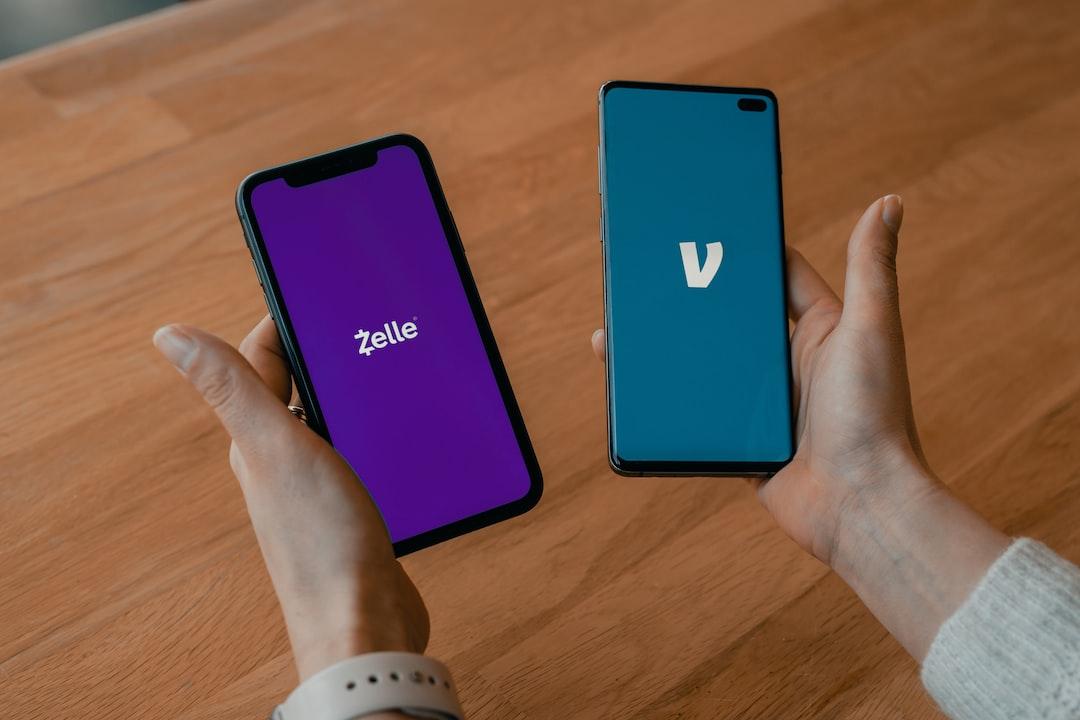Starknet Airdrop Imminent, Whether it is the unprecedented scale of the airdrop wallet count or the brand pressure of carrying the ZK Layer2 volume, it has become a unique challenge that needs to be considered in the design of this airdrop. Cryptocurrency researcher Haotian wrote an article analyzing how Starknet will respond to challenges through airdrop actions in the increasingly competitive L2 market.
Starknet is faced with numerous challenges. The brand reputation has become a source of pressure, and the ZK Layer2 narrative is insufficient. The number of competitors is increasing. In the fiercely competitive L2 market, projects such as Arbitrum, Starknet, and zkSync have technical and brand reputation advantages, but they also bear greater expectations for landing. The ZK Layer2 project has been in the stage of technical advantage narrative for a long time, and the comprehensive data indicators in various aspects such as developer resources, ecosystem projects, TVL, user volume, and user experience have fallen short of expectations. On the other hand, the strategic approach of using development toolkits (Stack) is still insufficiently attractive to secondary market investors compared to traditional B2B narrative thinking. Recently, a large number of new challengers trying to break the L2 landscape have emerged, such as Metis, Manta, ZKFair, and Blast, all attempting to counterattack and rise through the power of the market, operations, and capital. In addition, projects such as Celestia, Altlayer, and Espresso continue to add new variables to the L2 market with modular thinking. The current L2 market can no longer rely on established advantages such as technical strength and capital background to lock in market positions. In the waves of market impact and competition, the projects that survive in the end will be those with balanced comprehensive strength in all aspects. Within a year after the Cancun upgrade, the market competition is expected to intensify, and there may be a new set of four L2 giants born.
In response to the above challenges, Starknet has designed the timing, scale, and token economics of this airdrop ingeniously. Originally, the criteria, scale, and coverage of Starknet’s airdrop were unclear, and various rumors and speculations were circulating. Some people even thought they were going to be collectively “f**ked”. In this context, the sudden announcement of a super airdrop of over 700 million STRK tokens to more than 1.3 million addresses surprised many people, taking care of every participant in the ecosystem. As a popular project that market participants deliberately traded for the purpose of participating in the airdrop, Starknet’s airdrop standard design was actually difficult to handle. It required a balance of various interests and had to avoid excessive dumping caused by the airdrop, so it was difficult to achieve absolute satisfaction. In the end, the Starknet team chose to provide a larger benefit to early contributors to ECMP, GitHub open-source developers, and users of the Starknet network.
This is also likely the final choice for prominent projects such as zkSync and LayerZero. When the brand influence reaches a certain level, airdrop actions in the sunshine are the wisest choice. The primary goal is to ensure that the airdrop activity does not have a negative impact on the established brand value, and providing more rewards to airdrop hunters at most increases some risks, but large-scale airdrop actions are more beneficial for the long-term development of the brand.
Starknet’s airdrop is a redemption action. The reason is that, as mentioned above, ZK Layer2 projects have been stuck in the stage of technical advantage narrative, while the comprehensive data in the market aspect is lagging behind. Especially with the total locked value of the entire Layer2 ecosystem exceeding $25.5 billion, Starknet, which ranks in the top five in terms of brand reputation, accounts for less than $200 million. How can such data give confidence to subsequent secondary market investors? This has always been a key concern for Starknet and zkSync.
In this situation, the team has come up with a killer move in token economics, hoping to regain the narrative in the market aspect. Haotian believes that tokens can successfully bring growth to Starknet, especially with the unique mechanisms of the STRK token, such as participating in project development and user interaction as fuel fees, which leaves plenty of room for imagination.
To cope with market challenges, Starknet has made the best choice among existing options—a large-scale airdrop combined with the narrative of the Cancun upgrade to drive ecosystem growth and move away from the narrative of long-term technical development and start engaging with the market. Regardless of the technology, the success of the product ultimately relies on application and demand-driven factors. The market needs a few killer applications to drive the Starknet market ecosystem, and tokens will be the team’s biggest weapon.
Whether the market will buy it remains to be seen.

